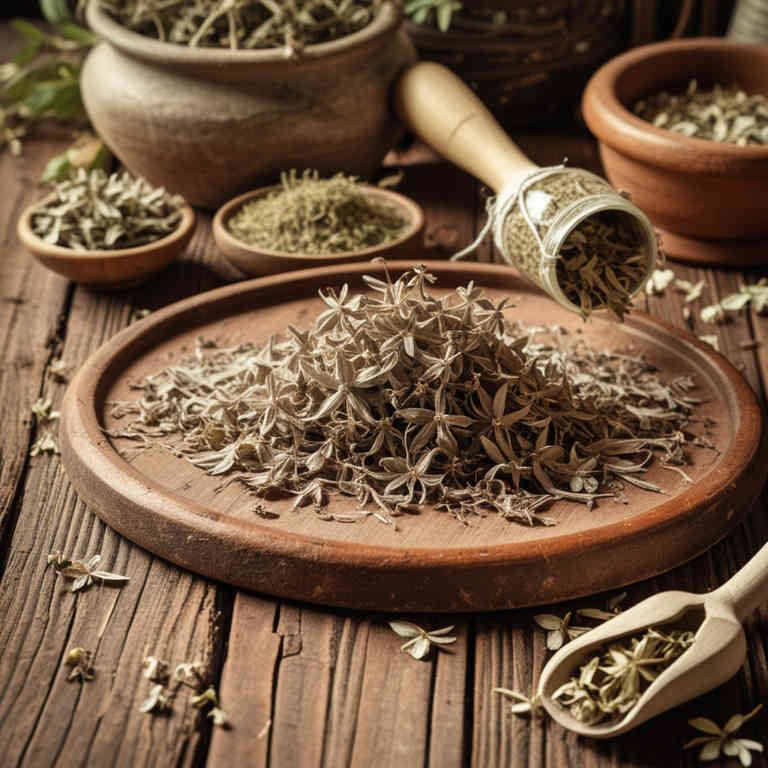Saponaria officinalis decoction for medicinal use

Saponaria officinalis decoction is a herbal preparation made by boiling the roots or leaves of the soapwort plant.
It has been traditionally used in herbalism for its mild laxative and diuretic properties. The decoction is often employed to support digestive health and aid in the relief of constipation. It may also be used to promote urinary function and reduce fluid retention.
However, it should be used with caution due to its potential to cause gastrointestinal irritation if not prepared or taken properly.
Uses
Saponaria officinalis decoction has been used to treat various ailments throughout history, particularly in traditional medicine systems such as herbalism and folk remedies.
Historically, it was valued for its cleansing properties and was used to address skin conditions, respiratory issues, and digestive disorders. In traditional practices, the decoction was also believed to have purifying effects on the body and was sometimes used in baths or as a gargle. Modern applications include its use in herbal formulations for its potential anti-inflammatory and antimicrobial properties.
Today, it is still explored in alternative medicine for its possible benefits in supporting skin health and respiratory wellness.
Benefits
Saponaria officinalis decoction has health benefits such as promoting skin health, aiding digestion, and supporting respiratory function.
It is traditionally used to treat skin conditions like eczema and psoriasis due to its anti-inflammatory properties. The decoction may also help in reducing excess oil production and treating acne. It is believed to act as a mild diuretic, assisting in the elimination of toxins from the body.
Additionally, it may support respiratory health by helping to clear mucus and soothe coughs.
Constituents
Saponaria officinalis decoction active constituents include saponins, flavonoids, tannins, and alkaloids.
These compounds contribute to the decoction's reputation for its mild cleansing and digestive properties. Saponins are known for their ability to stimulate the secretion of digestive juices, aiding in the breakdown of food. Flavonoids provide antioxidant support, helping to neutralize free radicals in the body.
Tannins contribute to astringent effects, which may help in reducing inflammation and supporting gut health.
Preparation
To make Saponaria officinalis decoction, start by gathering fresh or dried roots of the plant, ensuring they are clean and free from contaminants.
Next, measure out approximately 15 grams of the dried roots and place them in a pot with about 500 milliliters of water. Bring the mixture to a boil, then reduce the heat and let it simmer for 15 to 20 minutes to extract the active compounds. Strain the liquid through a fine mesh or cheesecloth to remove the plant material, and allow the decoction to cool before use.
This preparation is often used in traditional medicine for its potential respiratory and skin-soothing properties.
Side Effects
Saponaria officinalis decoction may lead to gastrointestinal discomfort such as nausea, vomiting, and diarrhea due to its saponin content.
It can also cause skin irritation or allergic reactions in some individuals who are sensitive to the plant. Prolonged use may result in liver or kidney damage, as saponins can be toxic in higher doses. It is important to consult a healthcare professional before using this preparation, especially for individuals with pre-existing medical conditions.
Additionally, it should not be used during pregnancy or breastfeeding due to potential risks to the fetus or infant.